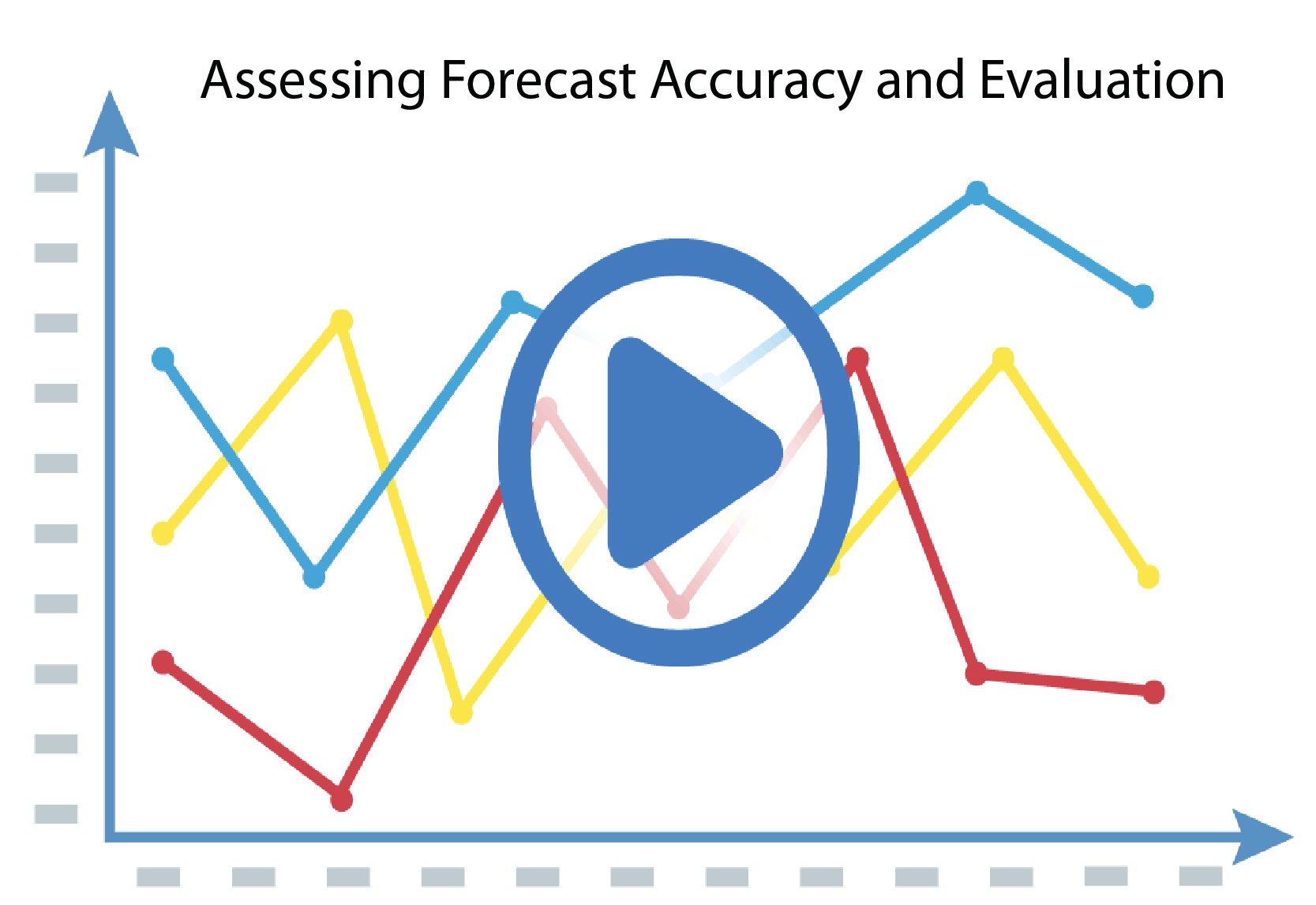Assessing Forecast Accuracy and Evaluation
Accurate forecasting is vital for businesses across industries, enabling them to make informed decisions, allocate resources effectively, and stay ahead of the competition. However, the process of forecasting has its challenges. This article delves into the intricacies of forecast accuracy and evaluation. We explore the importance of accurate forecasting, methods for measuring forecast accuracy, standard evaluation metrics, factors that impact accuracy, strategies for improvement, real-time evaluation and adjustments, the role of technology, challenges faced in evaluation, successful case studies, and best practices for achieving reliable forecast accuracy and evaluation.
Importance of Forecast Accuracy
Forecast accuracy is crucial for businesses, including demand planning, inventory management, production scheduling, financial projections, and risk assessment. Accurate forecasts enable businesses to optimize operations, minimize costs, improve customer satisfaction, and make informed strategic decisions. They provide the foundation for effective resource allocation, helping businesses avoid stockouts, excess inventory, missed opportunities, and financial setbacks.
Measuring Forecast Accuracy
Measuring forecast accuracy involves comparing the forecasted values with the actual outcomes. Standard methods for measuring accuracy include Mean Absolute Percentage Error (MAPE), Mean Absolute Deviation (MAD), Mean Squared Error (MSE), and tracking bias. Each method has advantages and limitations, and the choice depends on the nature of the forecasted variable and the business’s specific requirements.
Common Evaluation Metrics
Evaluation metrics provide insights into the performance of forecasting models. Standard evaluation metrics include accuracy, bias, precision, recall, F1 score, and correlation coefficients. These metrics help assess the overall accuracy of forecasts, identify any systematic errors or biases, and evaluate the model’s ability to capture different patterns and trends.
Factors Affecting Forecast Accuracy
Several factors can impact forecast accuracy, including data quality, forecast horizon, seasonality, trend patterns, outliers, market dynamics, and unforeseen events. Understanding these factors is crucial for accurate forecasting. Incorporating historical data, market intelligence, expert judgment, and statistical techniques can help address these factors and enhance forecast accuracy.
Improving Forecast Accuracy
To improve forecast accuracy, businesses can employ various strategies. These include refining data collection processes, using advanced statistical models, incorporating machine learning algorithms, utilizing collaborative forecasting with stakeholders, conducting sensitivity analyses, and leveraging forecasting software. Continuous monitoring and feedback loops enable businesses to identify areas for improvement and refine their forecasting approaches.
Real-Time Evaluation and Adjustments
Forecast evaluation is not a one-time process but an ongoing endeavor. Real-time evaluation involves monitoring forecast accuracy regularly and making adjustments when necessary. Businesses can identify deviations and recalibrate their forecasting models, inputs, and assumptions by comparing actual outcomes with forecasts. This iterative process helps improve accuracy and responsiveness to changing market conditions.
The Role of Technology in Forecast Evaluation
Technology plays a vital role in forecast evaluation. Advanced analytics tools, machine learning algorithms, and artificial intelligence enable businesses to analyze vast amounts of data, identify patterns, and generate accurate forecasts. Automated systems streamline data collection, analysis, and reporting, reducing human errors and enhancing efficiency. Cloud-based platforms facilitate collaboration, data sharing, and real-time updates, ensuring accurate and timely forecasts.
Challenges in Forecast Accuracy Evaluation
Evaluating forecast accuracy is challenging. Common challenges include data limitations, model complexity, unforeseen events, changing customer preferences, and market volatility. These challenges require businesses to adopt a flexible and adaptive approach to forecast evaluation. By understanding and addressing these challenges, businesses can refine their forecasting processes and improve accuracy.
Successful Forecast Accuracy Evaluation
Examining successful case studies provides valuable insights into practical forecast accuracy evaluation. We explore examples from different industries, such as retail, manufacturing, and finance, highlighting how businesses have improved their forecast accuracy through data-driven approaches, advanced analytics, and collaborative forecasting. These case studies demonstrate the positive impact of accurate forecasting on business performance and decision-making.
Best Practices for Forecast Accuracy and Evaluation
Adopting best practices is essential for achieving reliable forecast accuracy and evaluation. These practices include data integrity and quality control, incorporating domain knowledge, utilizing statistical techniques, leveraging technology, embracing collaboration and feedback, conducting sensitivity analysis, and fostering a culture of continuous improvement. By implementing these best practices, businesses can enhance their forecasting capabilities and drive better decision-making.
Conclusion
Forecast accuracy and evaluation are critical for businesses seeking to optimize their operations, improve decision-making, and gain a competitive advantage. Businesses can achieve reliable and accurate forecasts by recognizing the importance of forecast accuracy, employing appropriate evaluation metrics, addressing factors that affect accuracy, and implementing best practices. Embracing real-time evaluation, leveraging technology, and learning from successful case studies further enhance accuracy. With accurate forecasts, businesses can navigate uncertainties, seize opportunities, and maximize their potential for growth and success.







